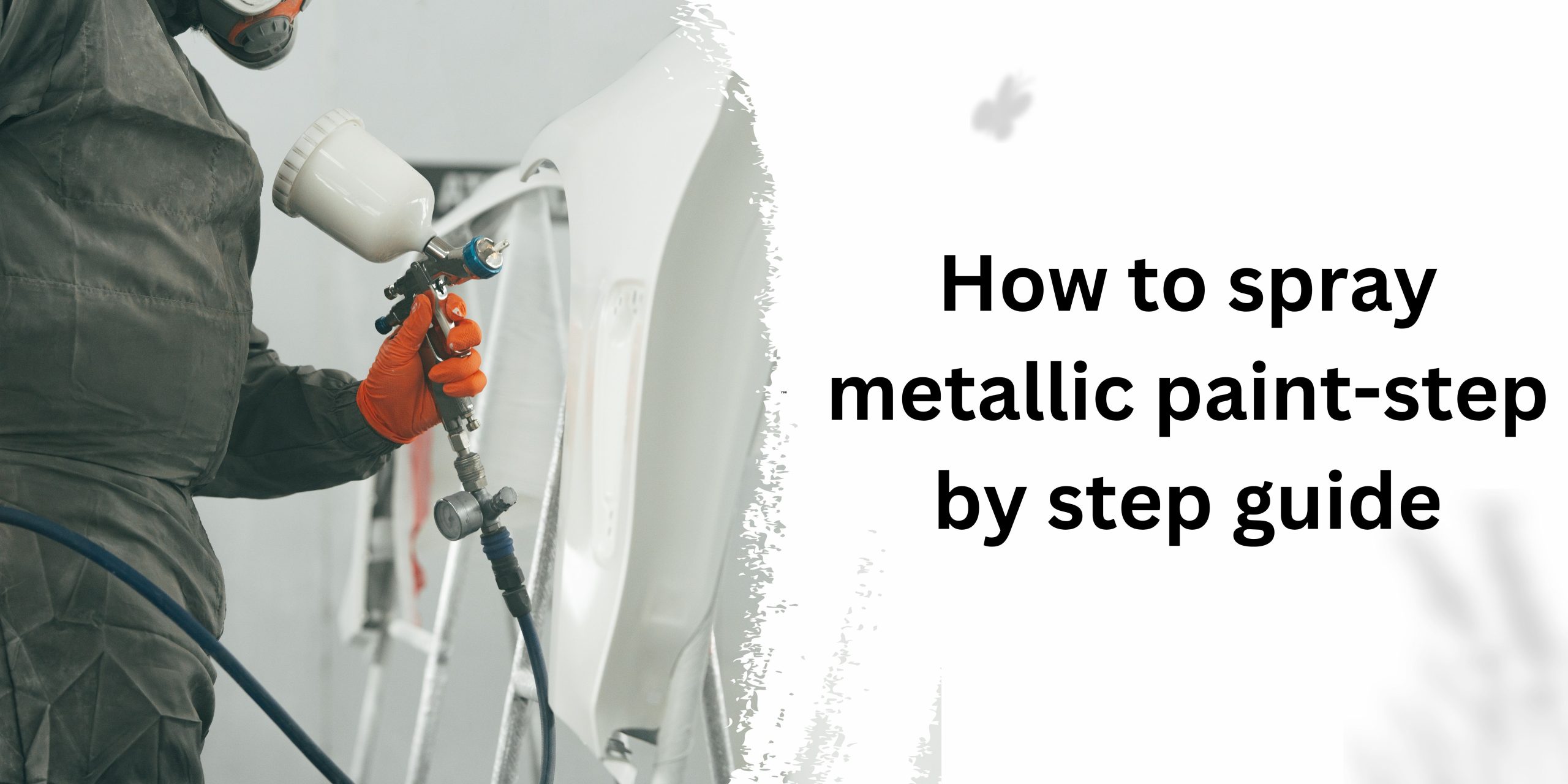Spray painting with metallic paint can transform ordinary objects into eye-catching pieces with a lustrous finish. Whether you’re sprucing up old furniture or adding a touch of glamour to your DIY projects, learning how to spray metallic paint can be a game-changer. In this guide, we’ll walk you through the best way to achieve stunning results, along with some expert tips, a helpful summary, and answers to common questions.
The Best Way to Spray Metallic Paint
Spray painting with metallic paint requires some preparation and technique to get the best results. Follow these steps for a smooth and professional finish:
- Prepare Your Workspace: Start by preparing a well-ventilated area. Lay down a drop cloth to protect surfaces from overspray.
- Prepare Your Surface: Ensure the surface is clean, dry, and free of dust or debris. Sand the surface lightly to create a smooth base for the paint.
- Choose the Right Paint and Primer: Select a high-quality metallic spray paint and a compatible primer. Shake the can thoroughly before use.
- Practice Spraying: Before starting on your project, practice spraying on a scrap piece of cardboard to get a feel for the spray pattern and pressure.
- Apply the Primer: Apply a thin, even coat of primer to the surface. Allow it to dry completely according to the manufacturer’s instructions.
- Apply the Metallic Paint: Shake the can of metallic paint for at least a minute. Hold the can about 8-12 inches away from the surface and spray in a steady, sweeping motion, overlapping each pass slightly. Apply multiple thin coats rather than one thick coat for better coverage.
- Allow to Dry: Allow the paint to dry completely between coats. This can take anywhere from a few minutes to an hour, depending on the paint and environmental conditions.
- Apply Clear Coat (Optional): For added durability and shine, consider applying a clear coat after the metallic paint has dried completely.
- Clean Up: Clean the nozzle of the spray can after use by turning it upside down and spraying until only clear gas comes out.
Tips for Success
- Temperature and Humidity: Ideal spraying conditions are between 65-85°F with low humidity to prevent paint from running or drying too quickly.
- Light Coats: Apply several light coats rather than one heavy coat to avoid drips and achieve a smooth finish.
- Distance and Speed: Maintain a consistent distance and speed while spraying to ensure even coverage.
- Safety First: Always wear a mask and gloves to protect yourself from fumes and paint particles.
- Practice Patience: Allow the paint to cure fully before handling or using the painted object to prevent smudges or marks.
Read More: How to Spray Paint in Cold Weather
Summary
Spray painting with metallic paint can be a fun and rewarding way to add a touch of elegance to your projects. By following the right techniques and taking your time, you can achieve professional-looking results that will impress everyone.

